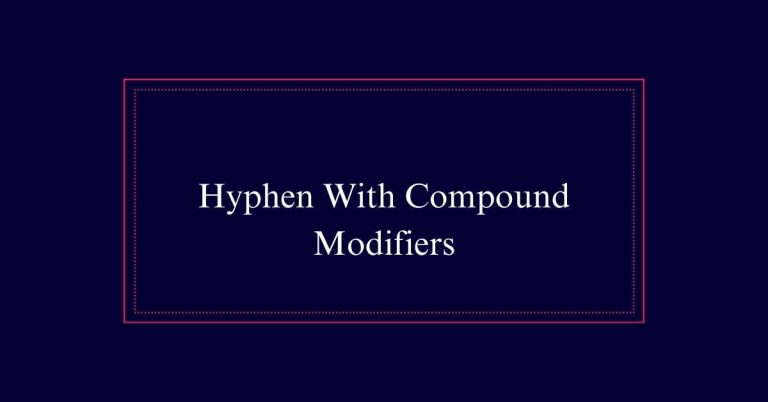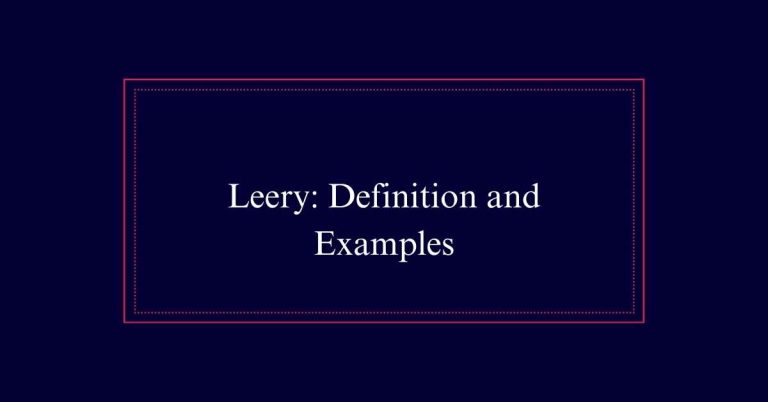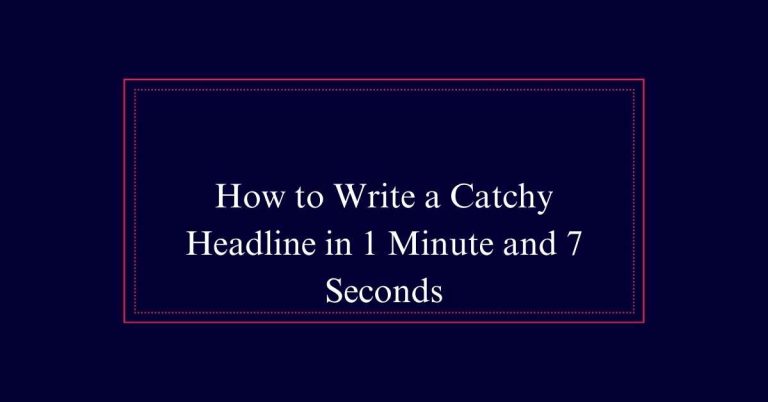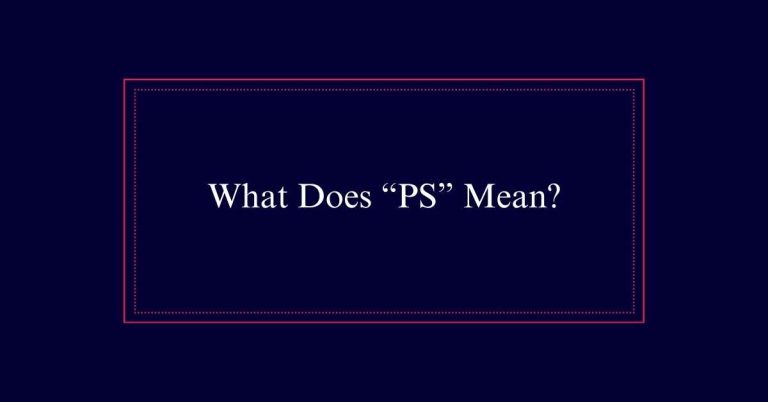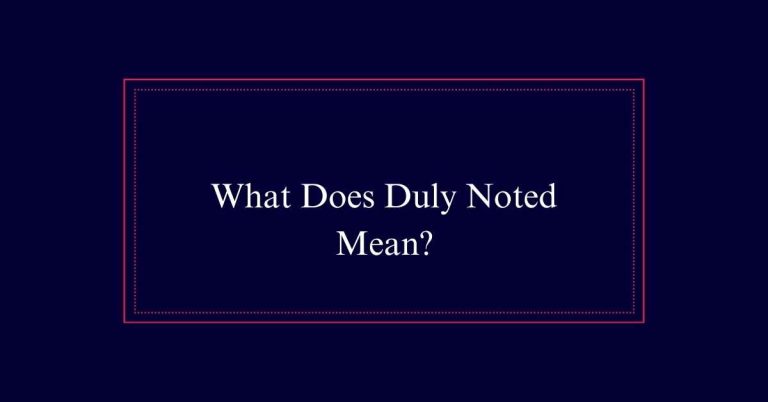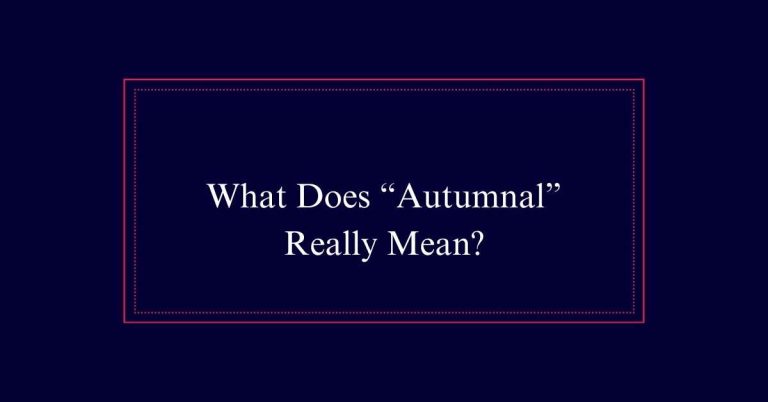How to Use the Word Ought?
The word ‘ought’ is a semi-modal verb indicating duty, correctness, or high probability. It is always followed by ‘to’ plus the base form of a verb. For example, “You ought to help others” shows moral obligation, while “It ought to rain today” suggests a high likelihood.
Unlike other verbs, ‘ought’ does not change form based on the subject and requires auxiliary verbs for questions and negatives, like “He ought not to go.”
Meanings of Ought
The word ‘ought’ frequently signifies a sense of duty, correctness, or probability in various contexts. It is a semi-modal verb, acting like both a main verb and a modal verb.
Typically, ‘ought’ is followed by ‘to’ and does not change its form based on the person using it. For example, one might say, ‘She ought to slow down,’ indicating a recommendation or expectation. In another instance, ‘Three minutes ought to be long enough,’ it denotes a probable outcome.
Correctness and Duty
Ought often conveys a moral obligation or a sense of duty in various contexts. It suggests that something is the correct or appropriate course of action. Using ‘ought’ can imply a responsibility or necessity, either morally or ethically.
Here are three ways ‘ought’ can express correctness and duty:
- Moral Obligations: ‘You ought to help others in need.’ This implies a moral responsibility.
- Social Expectations: ‘We ought to respect our elders.’ This reflects societal norms.
- Personal Duties: ‘He ought to finish his homework before playing.’ This indicates a personal responsibility.
Expressing Probability
Often, ‘ought’ can be used to express a high probability or expectation that something will happen. When you say, ‘It ought to rain today,’ you suggest that rain is very likely. This usage reflects a strong belief based on evidence or reasoning.
For instance, ‘She ought to arrive by noon’ indicates that, given the usual circumstances, her arrival by noon is expected. This differs from certainty, as it allows for the possibility of a different outcome. Using ‘ought’ in this situation helps convey an informed prediction rather than a mere guess.
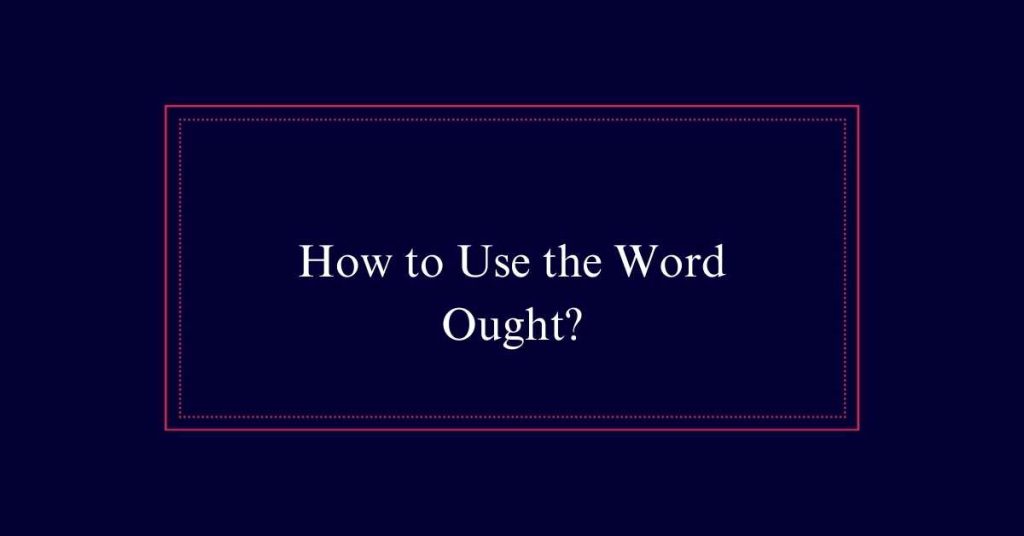
Semi-Modal Verb
A semi-modal verb combines characteristics of both main verbs and modal verbs. ‘Ought’ is a prime example. It behaves like a main verb by requiring an auxiliary verb for questions and negatives. However, it also acts like a modal verb because it does not change form based on the subject.
Here are three key points about ‘ought’ as a semi-modal verb:
- Fixed Form: ‘Ought’ does not change according to the subject, remaining the same in all sentences.
- Auxiliary Use: Questions and negatives with ‘ought’ use auxiliary verbs, such as ‘ought not’ or ‘oughtn’t.’
- Common Usage: ‘Ought’ is often followed by ‘to’ when forming statements.
Usage With ‘To’
To correctly use ‘ought,’ pair it with ‘to’ followed by the base form of a verb. This structure is essential for conveying recommendations, duties, or probabilities.
For example, ‘You ought to visit the doctor’ suggests a recommendation. The word ‘ought’ itself does not change form, regardless of the subject. This makes it simpler to use than other modal verbs.
Always include ‘to’ after ‘ought’; this is a key part of its grammatical structure. For example, ‘She ought to finish her homework’ clearly indicates a duty or obligation. Avoid omitting ‘to,’ as in ‘You ought clean,’ which is incorrect.
Form Consistency
Maintaining form consistency is crucial when using the word ‘ought’ in sentences. This guarantees clarity and correctness in your writing.
The word ‘ought’ does not change form based on the subject. It is always followed by ‘to’ and remains the same for all subjects.
To maintain form consistency:
- Uniformity: Use ‘ought’ followed by ‘to’ for all subjects (e.g., ‘He ought to go,’ ‘They ought to go’).
- Consistency: Avoid changing ‘ought’ based on the subject (e.g., ‘I ought to,’ not ‘I oughts to’).
- Clarity: Ensure ‘ought’ is consistently followed by ‘to’ in all sentences for clear communication (e.g., ‘She ought to finish,’ not ‘She ought finish’).
Negative Statements
Negative statements with ‘ought’ are formed by replacing ‘to’ with ‘not’ immediately after ‘ought.’ For example, ‘You ought not skip your homework.’ This structure is straightforward. It conveys that an action is not recommended or is considered a duty to avoid.
Using ‘ought not’ helps emphasize the importance of not doing something. It is similar to ‘should not’ but often carries a slightly stronger sense of duty or correctness.

